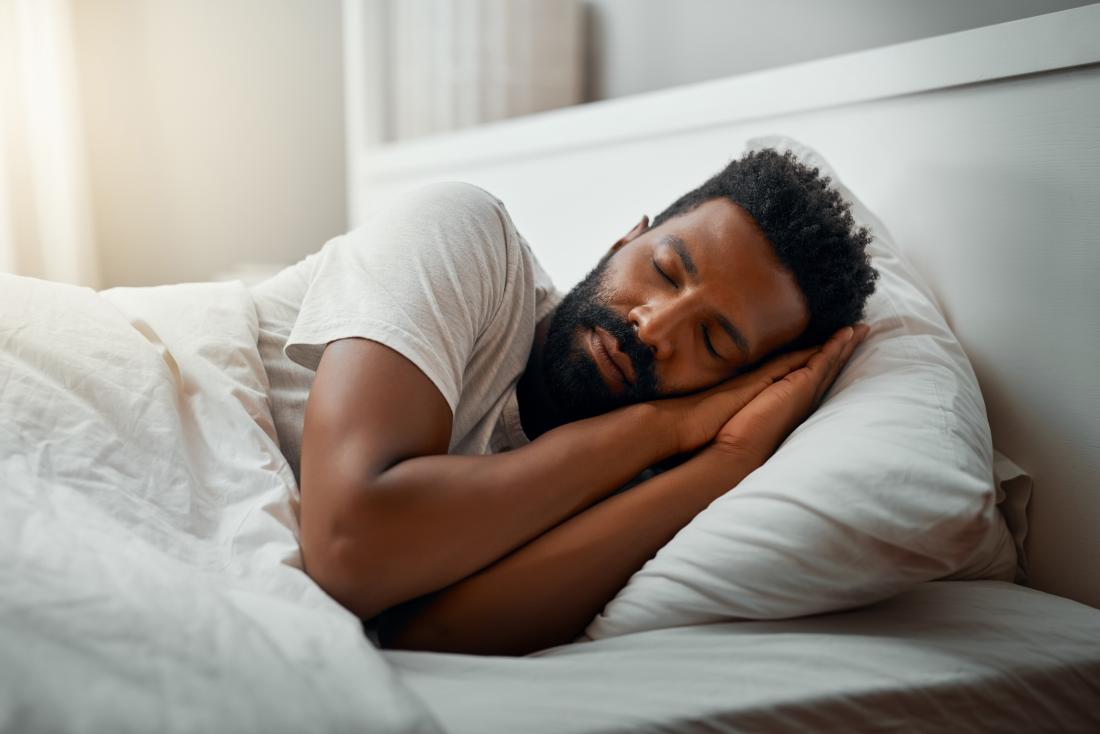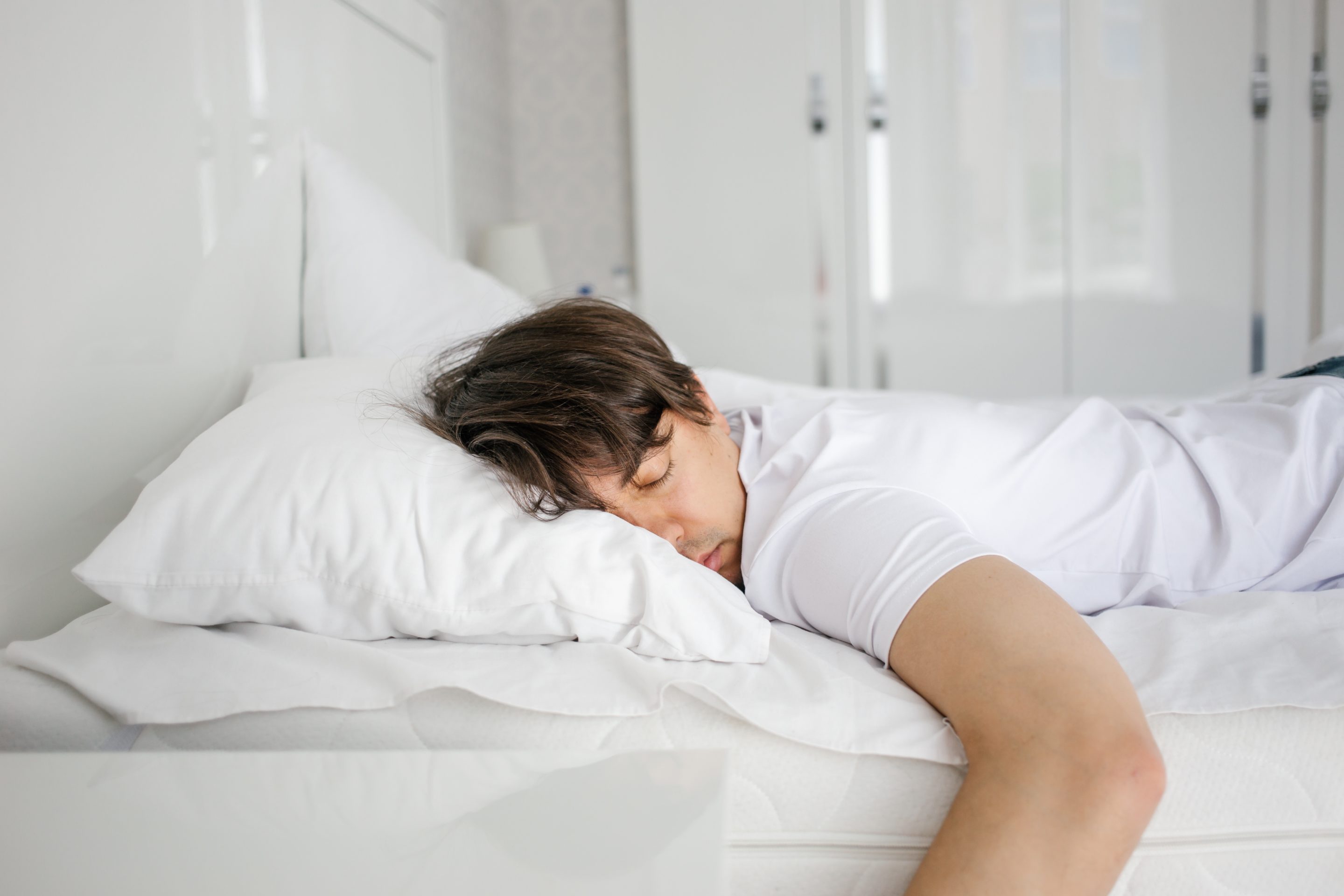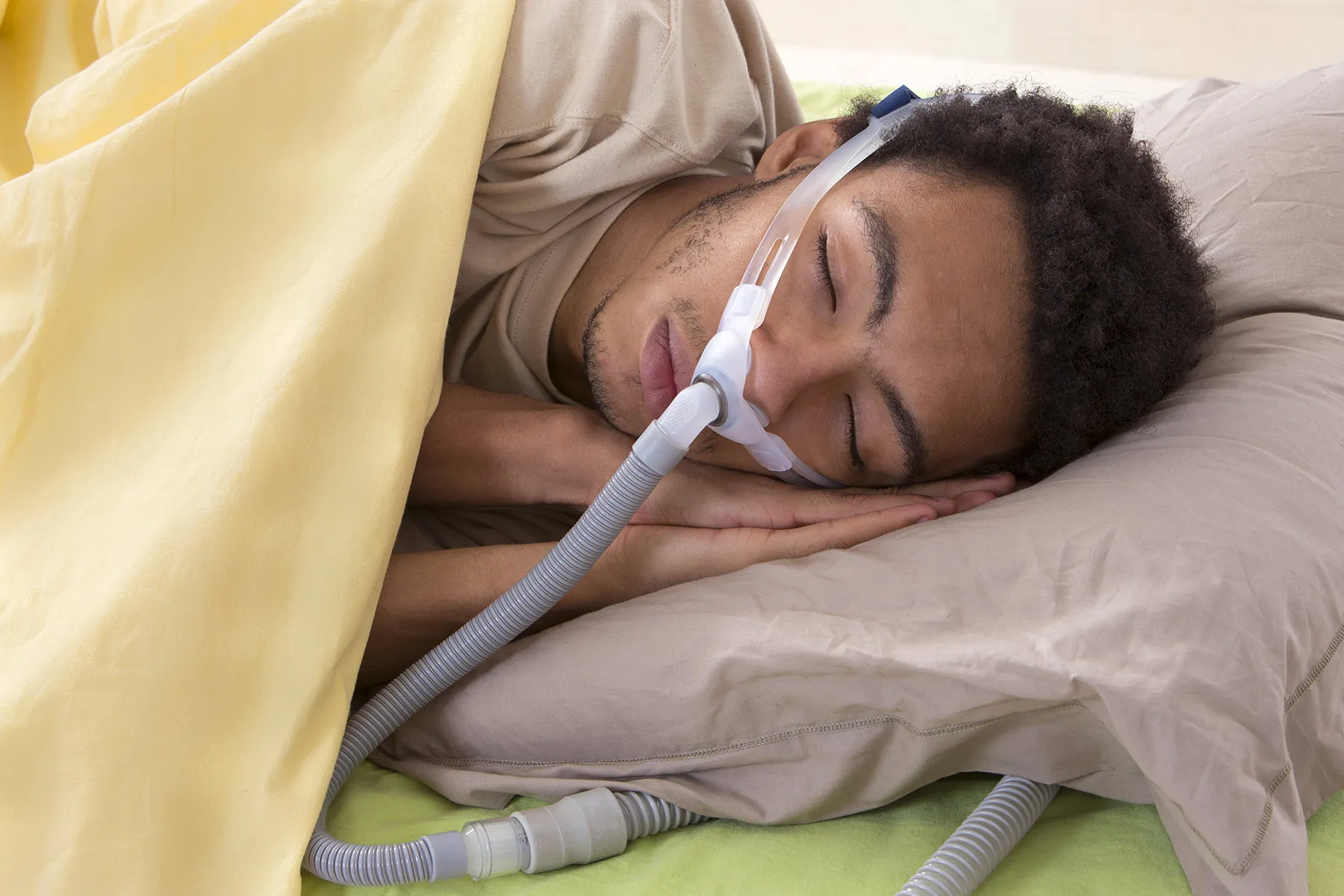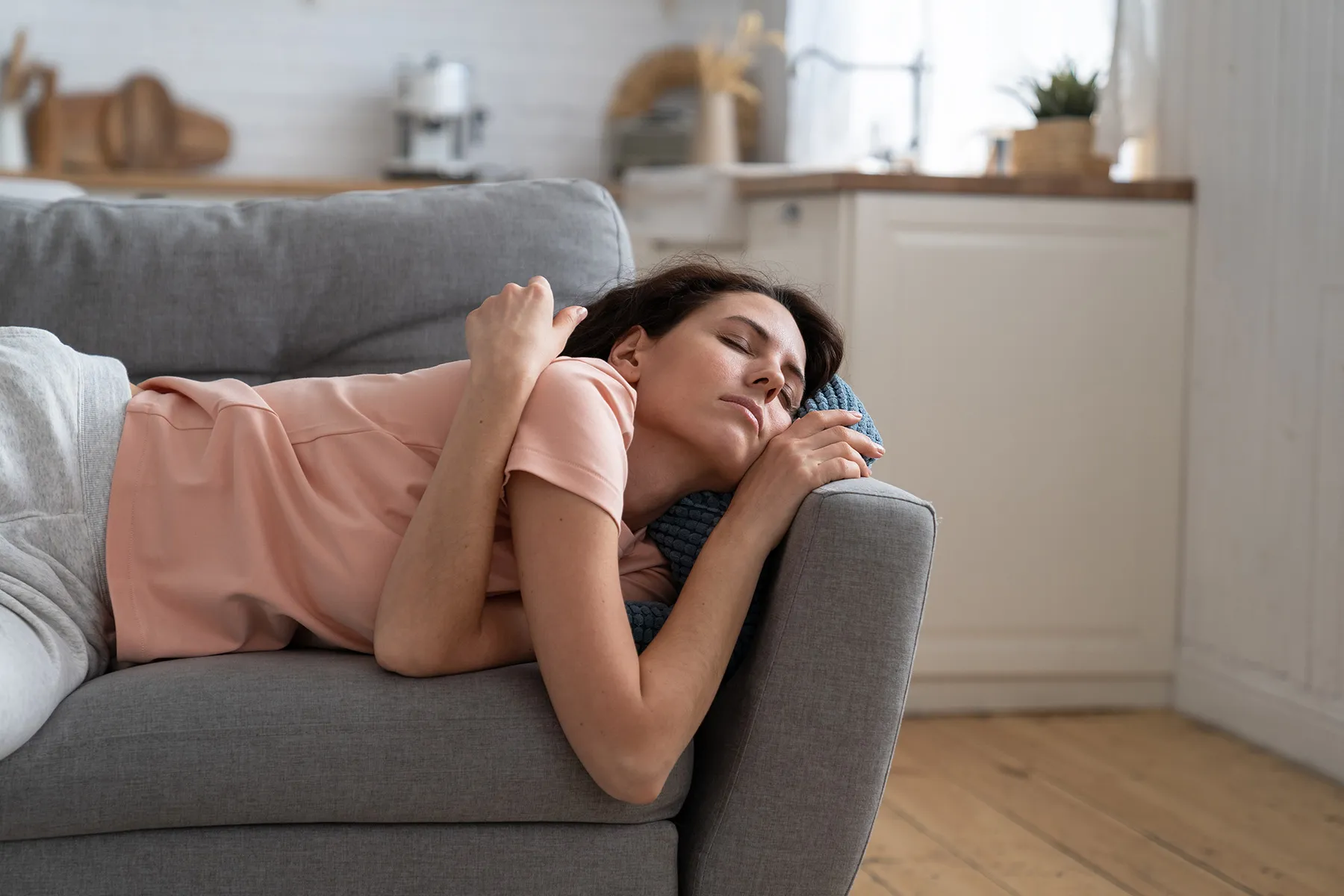Introduction
In today’s fast-paced world, many suffer from sleep disturbances and insomnia due to high stress and irregular schedules. Research shows that incorporating regular physical activity can help improve sleep architecture, increase deep sleep, and reduce anxiety. The following 10 points detail how different forms of exercise contribute to better sleep quality and establish a beneficial cycle between exercise and rest.
1. Boosting Sleep with Aerobic Exercise
Aerobic activities such as jogging, swimming, cycling, and brisk walking promote cardiovascular health and enhance overall blood circulation. Engaging in moderate aerobic exercise releases endorphins that help ease the mind and reduce stress. For more information on how aerobic exercise benefits sleep, check out the Mayo Clinic Sleep Tips.

2. Moderate Aerobic Exercise Increases Deep Sleep
Studies show that exercising at a moderate intensity—the kind that still allows you to hold a conversation—can significantly increase the duration of deep (slow-wave) sleep. Deep sleep is crucial for brain restoration and overall body recovery, ensuring you wake up refreshed and energized.

3. The Dual Benefits of Strength Training
Strength (or resistance) training, such as push-ups, sit-ups, and weight lifting, not only builds muscle but also helps alleviate anxiety and depression. Research indicates that regular strength training improves sleep efficiency, extends overall sleep duration, and reduces nighttime awakenings. Learn more about the sleep benefits of strength training at the Sleep Foundation Exercise & Sleep page.

4. Yoga for a Calmer Mind and Better Sleep
Yoga combines gentle movement, controlled breathing, and meditation to reduce stress and calm the mind. For individuals suffering from insomnia or disrupted sleep patterns—especially older adults and women—regular yoga practice has proven to enhance sleep quality. Discover more on Yoga for Sleep by Yoga Journal.

5. Breathing Exercises to Ease Into Sleep
Performing breathing exercises before bedtime can lower blood pressure and relax the nervous system, making it easier to fall asleep. Techniques such as deep breathing and progressive muscle relaxation reduce physical tension and calm your mind. For effective relaxation strategies, visit Healthline’s Relaxation Techniques for Sleep.

6. Stretching to Reduce Muscle Tension and Enhance Deep Sleep
Simple stretching exercises performed before bed can increase blood flow and relieve muscle tension, preparing your body for restful sleep. Additionally, stretching has been shown to boost the proportion of REM sleep, which plays a role in memory consolidation and mood regulation. Read more on how to improve deep sleep at the Sleep Foundation’s How to Improve Deep Sleep article.

7. Optimal Exercise Timing for Better Sleep
While exercise improves sleep, performing strenuous activities too close to bedtime might raise alertness due to increased endorphins. Experts suggest finishing aerobic workouts at least 1–2 hours before going to bed. To learn more about the best time to exercise for sleep, check out What Is the Best Time to Exercise for Sleep?.

8. Managing Exercise-Induced Temperature Rise
Physical activity naturally increases your body’s core temperature, which must decrease for you to fall asleep. Allowing time for your body to cool down after exercise is essential for smooth sleep initiation. For details on how body temperature affects sleep, visit How Body Temperature Affects Sleep.

9. Consistency: 30 Minutes Daily for 6 Months
Research indicates that a commitment of around 30 minutes of exercise daily is sufficient to begin noticing improvements in sleep quality. Sustaining this habit for at least six months yields the best results, creating long-lasting health benefits. For more on physical activity guidelines, refer to the CDC’s Adult Physical Activity Guidelines.

10. Establishing a Positive Sleep-Exercise Cycle
A consistent routine of exercise and proper sleep creates a positive feedback loop—better sleep enhances your energy for the next day’s workout, and regular physical activity improves sleep quality. Building this cycle not only combats insomnia but also boosts overall well-being. Discover how exercise improves sleep on the Sleep Foundation’s How Exercise Improves Sleep page.

Conclusion
Whether it’s aerobic exercise, strength training, yoga, breathing techniques, or stretching, each method offers unique benefits that contribute to improved sleep quality. By scheduling your workouts at the right time and maintaining consistency, you can form a robust exercise–sleep cycle that relieves insomnia and elevates your overall health. Get moving and make your nights as active as your days for a healthier, more vibrant life!
Key Links:
- Aerobic Exercise: Mayo Clinic Sleep Tips
- Strength Training: Sleep Foundation Exercise & Sleep
- Yoga: Yoga for Sleep by Yoga Journal
- Breathing Exercises: Healthline’s Relaxation Techniques for Sleep
- Deep Sleep Improvement: How to Improve Deep Sleep
- Exercise Timing: What Is the Best Time to Exercise for Sleep?
- Body Temperature & Sleep: How Body Temperature Affects Sleep
- Daily Physical Activity Guidelines: CDC’s Adult Physical Activity Guidelines
- Positive Exercise–Sleep Cycle: How Exercise Improves Sleep
By following these 10 secrets, you can establish a sustainable routine that improves sleep quality and overall health. Let exercise power your nights and energize your days!











